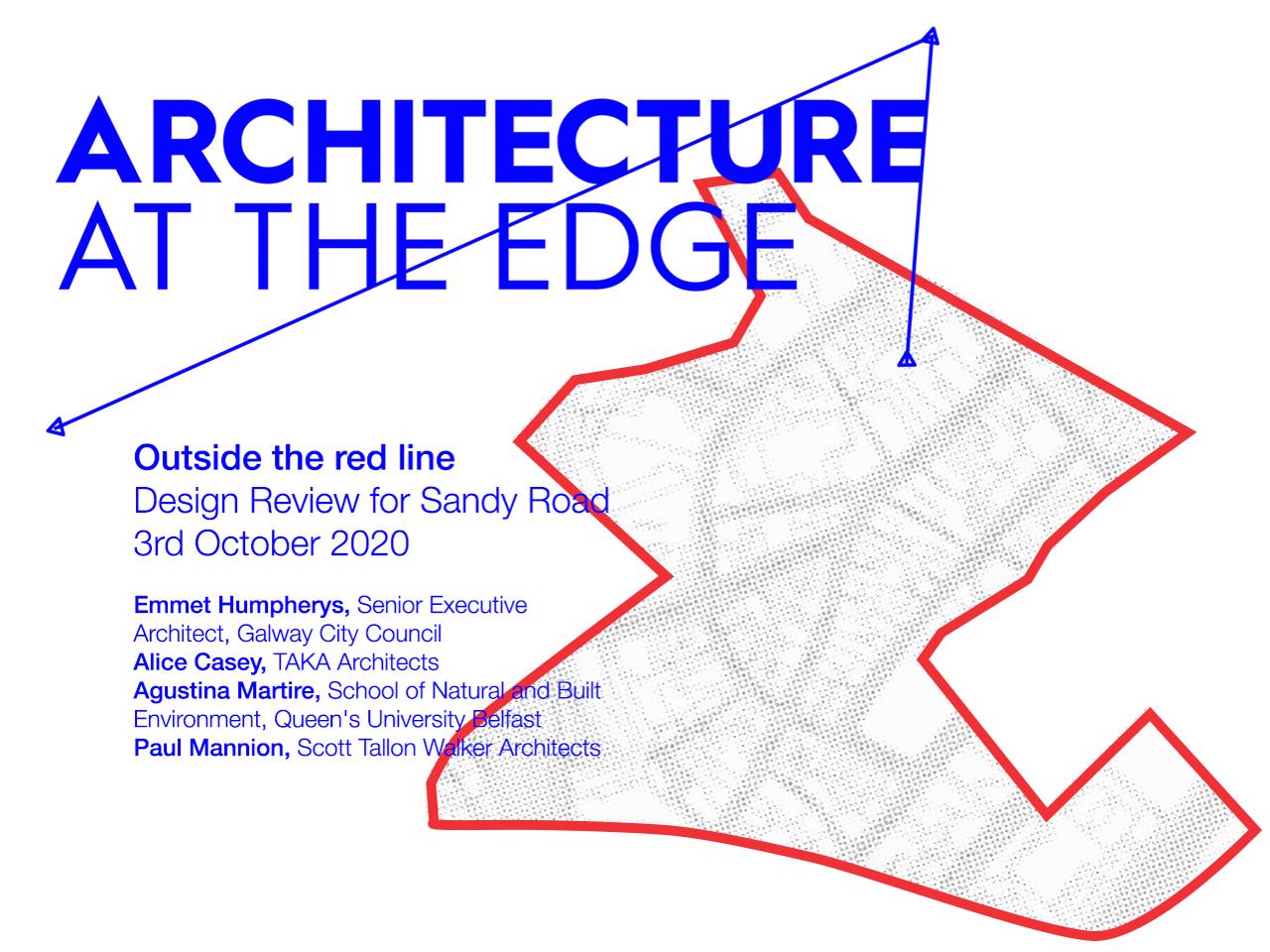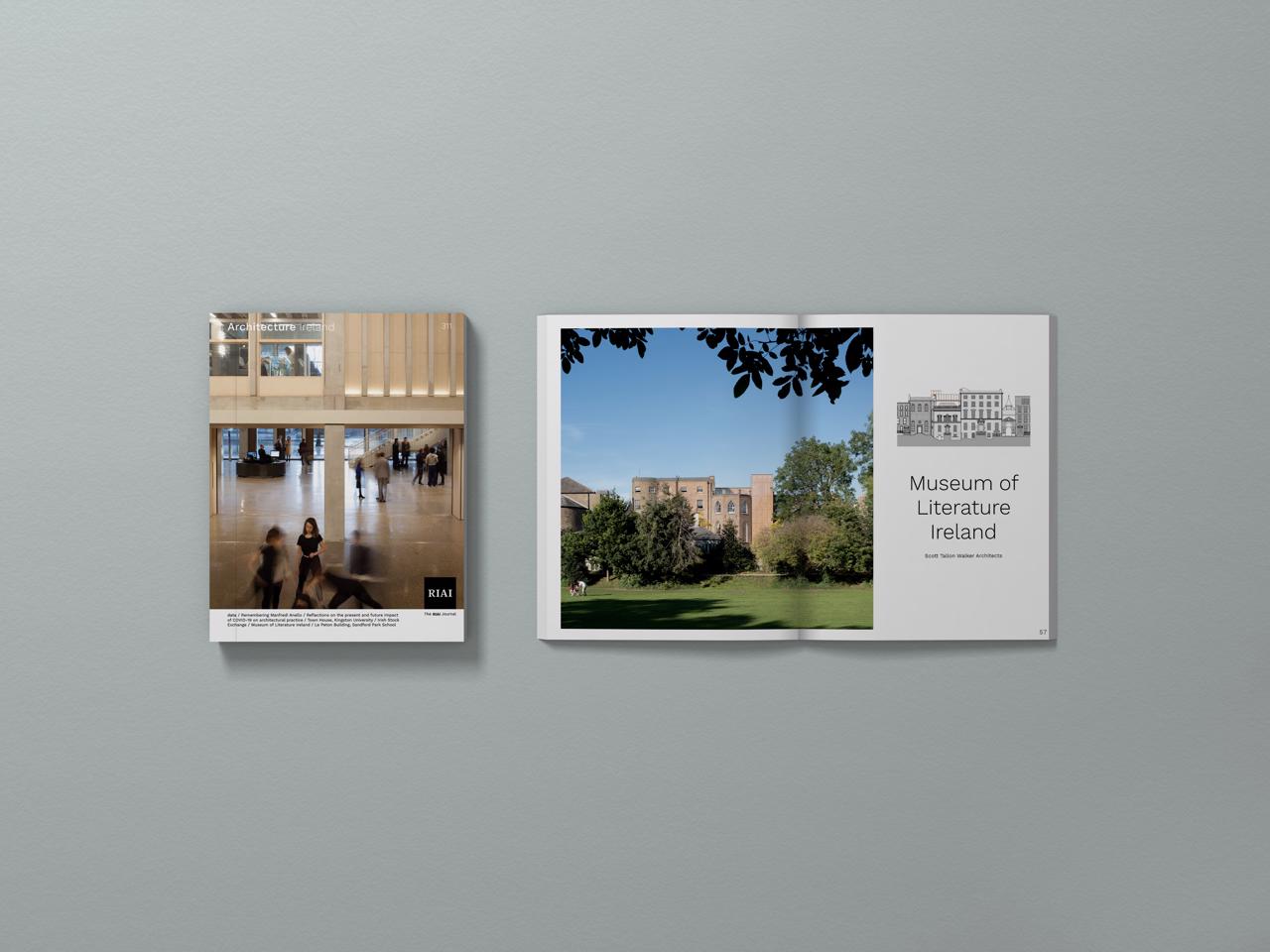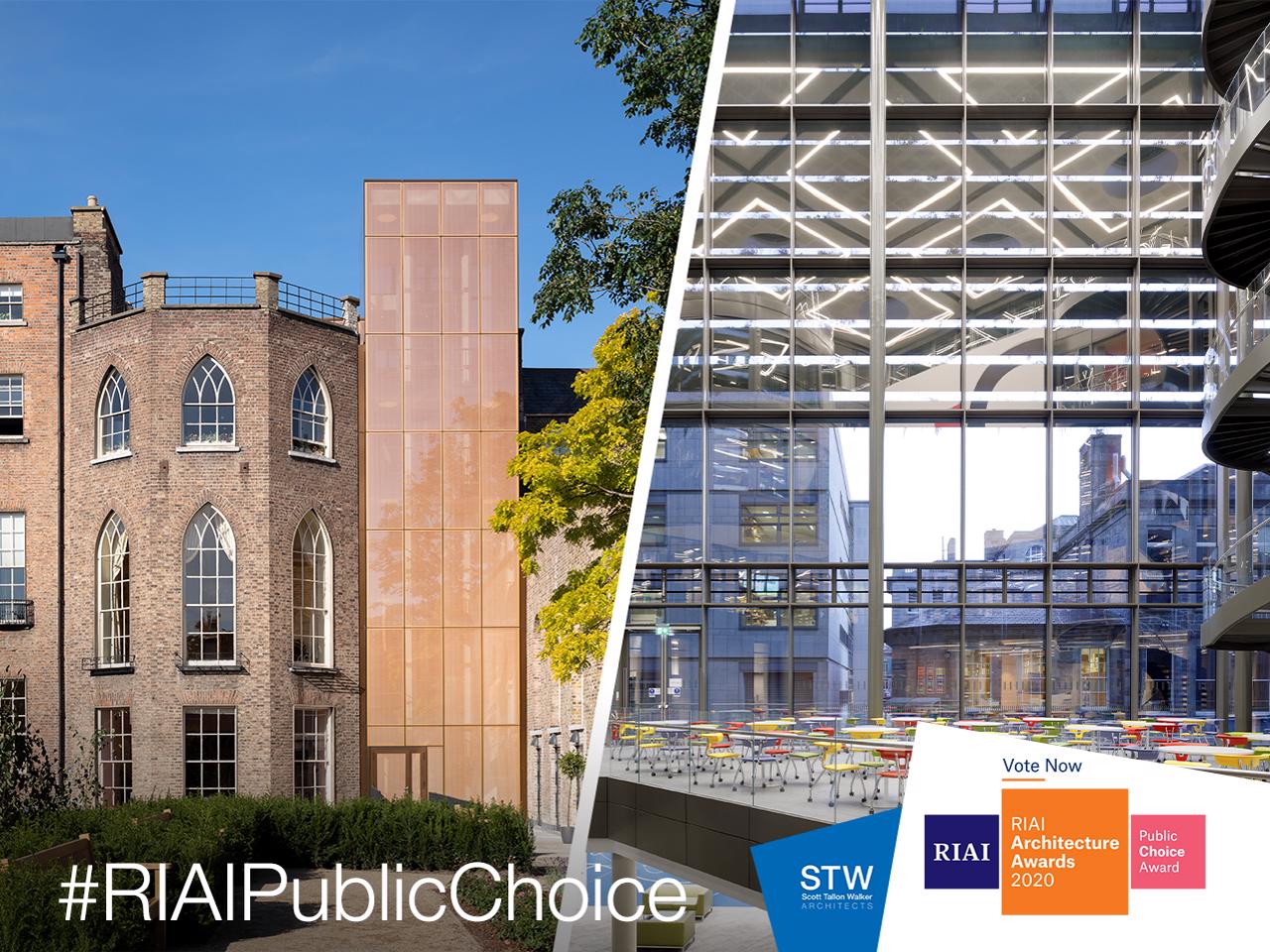
Irish Times talks about Ronnie Tallon
05.07.2014
Author: Michael Tallon
Michael Tallon’s commitment to the very highest standards in architectural quality, finish and detail, informs the design vision for which STW is renowned.
First published: Sat, Jul 5, 2014, 01:00 Ronnie Tallon, who has died at home, aged 87, was among the greatest and most prolific architects in Irish history. “No other architect had the same stature and range of work,” said fellow practitioner Shane de Blacam. “It is the consistency, the quality and the scale of his work, as well as the strength and endurance of the practice he established that was so extraordinary.
He prevailed like no other architect in Ireland. “Yet I never heard him speak in public. He was intensely modest and unassuming.” Ronald Joseph Tallon was the second eldest of eight children, four boys and four girls, born in Dublin to Michael and Jenny (née McDermott) Tallon. His father was a shopkeeper in Townsend Street. He grew up on Griffith Avenue and attended Coláiste Mhuire, while also taking night classes in the College of Art, under Seán Keating, during his last two years at school. He wanted to go on to study painting but his parents favoured a career in accountancy. Architecture at UCD was the compromise.
While a student, he worked holiday periods with Peppard & Duffy on the design and construction of Ballyowen Sanatorium at Lucan. He graduated in 1950 and joined the Office of Public Works the following year, working on Drogheda post office. In 1956 he was headhunted by Michael Scott and a partnership, Michael Scott & Associates (now Scott Tallon Walker), was established in 1959 between Scott (1905-89), Patrick Scott (no relation), Robin Walker (1924-91) and Ronnie. Patrick Scott (1921-2014) soon concentrated full time on his work as a painter. Seen from this distance, their early work – from 1960 until 1975 in particular, when Queen Elizabeth presented the Royal Gold Medal for Architecture, then the greatest prize in world architecture, to Michael Scott for the work of the practice – defines the coming of age of our Republic; it appears to be nothing less than the physical manifestation of Lemass and Whitaker’s radical plan for Ireland’s modernisation.
His flat-roofed, glass-fronted church at Knockanure, near Moyvane, Co Kerry, pre-dating Vatican II, was the first completely modern church in the country. The list goes on and on, from the Lisney offices on St Stephen’s Green, Dublin’s first great modernist urban infill building, to the serenely ethereal Carroll’s factory, now part of Dundalk IT, and from the daring Goulding Summerhouse near Enniskerry to the monumental Bank of Ireland headquarters on Baggot Street. He brought campus planning to Ireland at RTÉ, where he was both master planner and architect for more than 50 years. He redefined the business park, notably at East Point in Dublin, and built scores of buildings for half a dozen universities and as many hospitals. When the pope visited Ireland in 1979, Ronnie was entrusted with staging the centrepiece Mass for one million people in the Phoenix Park, the largest gathering in Ireland for almost 150 years. He created a handful of glorious houses, championed the place of art in architecture and also collaborated with Michael Warren to create the 1798 Tulach a’ tSolais memorial at Oulart in Wexford.
Along the way, he pioneered radical environmental engineering concepts, memorably so at Wood Quay, where his widely emulated “open” design for the civic offices also recast the ethos of local governance. Aviva Stadium, One of his last buildings, designed in collaboration with Populous, was the Aviva Stadium at Lansdowne Road. His approach to architecture was indebted to the example of both the Katsura Imperial Villa in Kyoto, Japan, and the American works of the former Bauhaus director, Ludwig Mies van der Rohe, one of the founders of the modern movement. His RTÉ campus was exhibited in the Irish pavilion at this year’s Venice Biennale, devoted to the theme “Absorbing Modernity, 1914-2014”, while Biennale director Rem Koolhaas also selected the Carroll’s Factory for the international exhibition he curated with Harvard University. Ronnie was the only architect to win not just one, but two, RIAI Triennial Gold Medals while still in his thirties.
In 2010 the RIAI awarded him the inaugural James Gandon Medal for lifetime achievement in architecture. His other honours include a papal knighthood and an honorary doctorate of laws from UCD, He was a trustee of the Gate Theatre. He married Nora Vize in 1953. They made a perfect pair: he tall, self-deprecating and softly spoken, she elegant, charming and a sparkling hostess. He is survived by Nora, brothers Eddie and Michael, sisters Marie, Pauline and Irene, son Michael, daughters Joan, Pat, Yvonne and Deirdre and 22 grandchildren.


